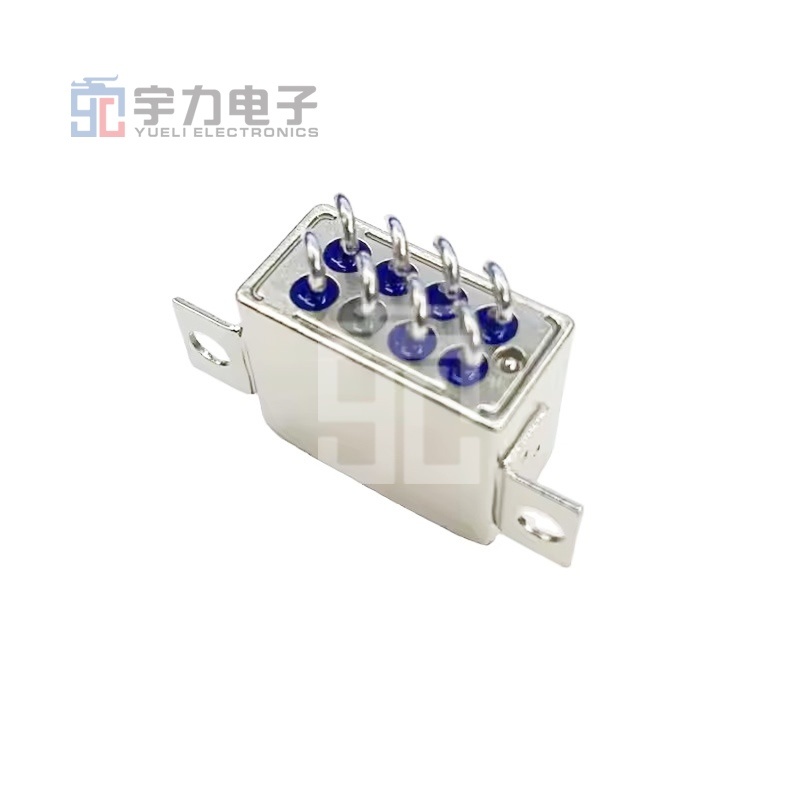Exploring Signal Relays: Essential Components for Efficient Electrical Control
2025-06-03

Signal relays are electromechanical switches that use an electromagnetic coil to mechanically operate a set of contacts. When a small current flows through the coil, it generates a magnetic field that either opens or closes the contacts, allowing a larger current to pass through. This function is essential in various applications, including telecommunications, automotive systems, and industrial automation.
One of the key benefits of signal relays is their ability to isolate different circuit sections. This means that a fault in one part of the system will not necessarily affect the operation of others, enhancing the overall reliability of the circuit. Furthermore, signal relays can manage high voltages and currents, making them indispensable in controlling large loads with low-power signals.
There are several types of signal relays, each designed for specific applications. For instance, electromagnetic relays are among the most common types, utilizing a coil and a magnetic armature to operate the contacts. Solid-state relays, on the other hand, use semiconductor devices to perform the switching operation, offering faster response times and longer life spans, as they have no moving parts.
When selecting a signal relay for your project, it's essential to consider various specifications such as coil voltage, contact configuration, load current, and switching speed. Additionally, environmental factors like temperature range and moisture resistance may also influence your choice. Ensuring that the relay meets the requirements of your application will help prevent failures and enhance system efficiency.
Signal relays are often used in conjunction with other electronic components, such as sensors and microcontrollers, to create automated systems. For example, in home automation, a microcontroller can activate a signal relay to turn on lights or appliances based on input from motion detectors or timers. This integration not only streamlines operations but also contributes to energy savings and enhanced user convenience.
In summary, signal relays are fundamental components that facilitate the control of larger electrical systems and provide isolation between different parts of a circuit. Their versatility and reliability make them a valuable choice in a myriad of electronic applications. By understanding the types and specifications of signal relays, you can make informed decisions that enhance the performance and reliability of your projects. Embracing this technology is key to innovating and improving your electronic systems.
One of the key benefits of signal relays is their ability to isolate different circuit sections. This means that a fault in one part of the system will not necessarily affect the operation of others, enhancing the overall reliability of the circuit. Furthermore, signal relays can manage high voltages and currents, making them indispensable in controlling large loads with low-power signals.
There are several types of signal relays, each designed for specific applications. For instance, electromagnetic relays are among the most common types, utilizing a coil and a magnetic armature to operate the contacts. Solid-state relays, on the other hand, use semiconductor devices to perform the switching operation, offering faster response times and longer life spans, as they have no moving parts.
When selecting a signal relay for your project, it's essential to consider various specifications such as coil voltage, contact configuration, load current, and switching speed. Additionally, environmental factors like temperature range and moisture resistance may also influence your choice. Ensuring that the relay meets the requirements of your application will help prevent failures and enhance system efficiency.
Signal relays are often used in conjunction with other electronic components, such as sensors and microcontrollers, to create automated systems. For example, in home automation, a microcontroller can activate a signal relay to turn on lights or appliances based on input from motion detectors or timers. This integration not only streamlines operations but also contributes to energy savings and enhanced user convenience.
In summary, signal relays are fundamental components that facilitate the control of larger electrical systems and provide isolation between different parts of a circuit. Their versatility and reliability make them a valuable choice in a myriad of electronic applications. By understanding the types and specifications of signal relays, you can make informed decisions that enhance the performance and reliability of your projects. Embracing this technology is key to innovating and improving your electronic systems.


